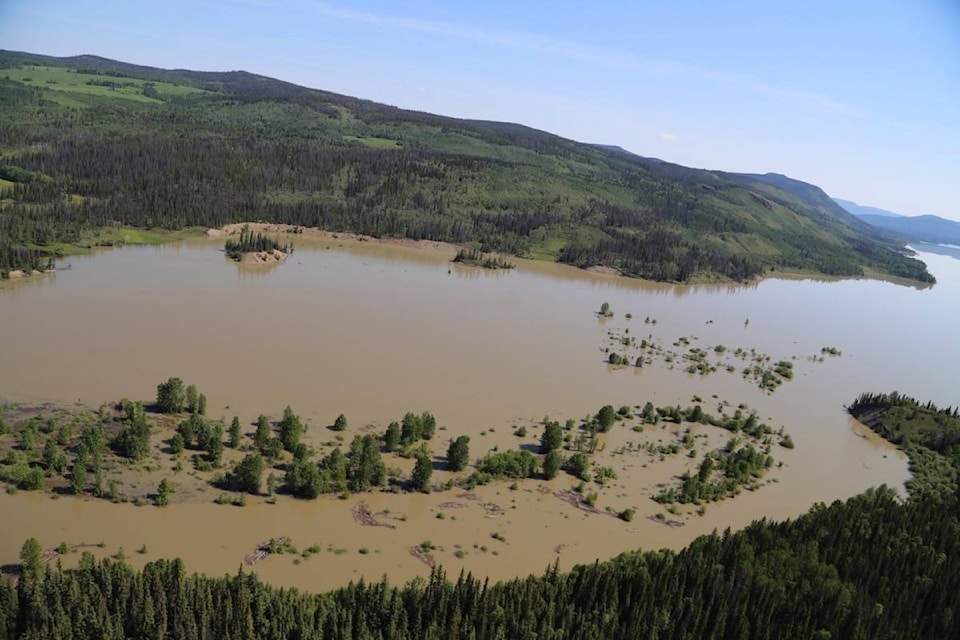A set of strategies developed by the Nechako watershed roundtable to improve the health of the Nechako watershed still has no funding to be implemented.
The development of the strategy was undertaken throughout 2015 and 2016, with its official launch in November 2016. However, the roundtable’s operational funding ended last October. Since then, the group has researching sustainable funding mechanisms that can be accessed through local governments.
“These kind of mechanisms, if successful, would be multi-year and provide more certainty for the roundtable versus shorter term, year-to-year grants,” explained Theresa Fresco with the Fraser Basin Council, which serves as secretariat for the roundtable.
The roundtable has recently requested a letter of support from the Regional District of Bulkley-Nechako for a $105,000 funding application for the Real Estate Foundation of B.C. However, this three-year funding agreement would only cover a portion of the roundtable’s operating budget and strategy implementation work. The total cost to implement the strategies would be approximately $250,000 annually.When asked if local governments should be funding this strategy, Fresco said that given the localization of impacts, there are “definitely opportunities to partner with local governments.”
“All local governments in the watershed have been very supportive of the roundtable and its work since its launch; however, we are still undertaking research to determine what a funding relationship could look like,” she said.“We are researching various local government funding mechanisms and where they have been successfully applied to watershed governance groups in other parts of B.C.,” she continued. “The next step will be to communicate our findings to municipalities and regional districts and discuss whether there is support to establish these kind of mechanisms to support the roundtable.”
Fresco says the health of the Nechako watershed is critical to the long-term social, economic, environmental and cultural well-being of all its residents. Yet, this system faces a number of significant challenges.
The changing climate has contributed to the mountain pine beetle epidemic and other adverse impacts; the iconic Nechako white sturgeon have become an endangered species; creeks and streams throughout the watershed have degraded; and the diversion of water out of the Nechako River system continues to impact many aspects of watershed health.
The roundtable’s report points out that �������� Lake has increased its turbidity over the last 30 years and has a higher algal content than previous years. It also says that mercury may be increasing in the lake as a result of dead trees. In addition, �������� Lake fish have been impacted by erosion and flooding, and there are concerns about loss of habitat and declining moose populations in the region.
Key actions proposed in the strategy include strengthening education and capacity of decision-makers and the public; strengthening data, information and knowledge; and strengthening planning, stewardship and beneficial management practices. Specific commitments, resources and timelines have not yet been established.
The Nechako watershed includes the eastern portion of the Regional District of Bulkley-Nechako and the western portion of the Regional District of Fraser‐Fort George. Located within the watershed are the communities of �������� Lake, Fraser Lake, Fort St. James, Vanderhoof and Prince George, as well as the traditional territories of several First Nations communities including the Wet’suwet’en First Nation, Cheslatta Carrier Nation and Lake Babine Nation.
All the municipalities in the watershed, a number of First Nations communities, technical experts and a several organizations and interested citizens were involved in the strategy’s development.



